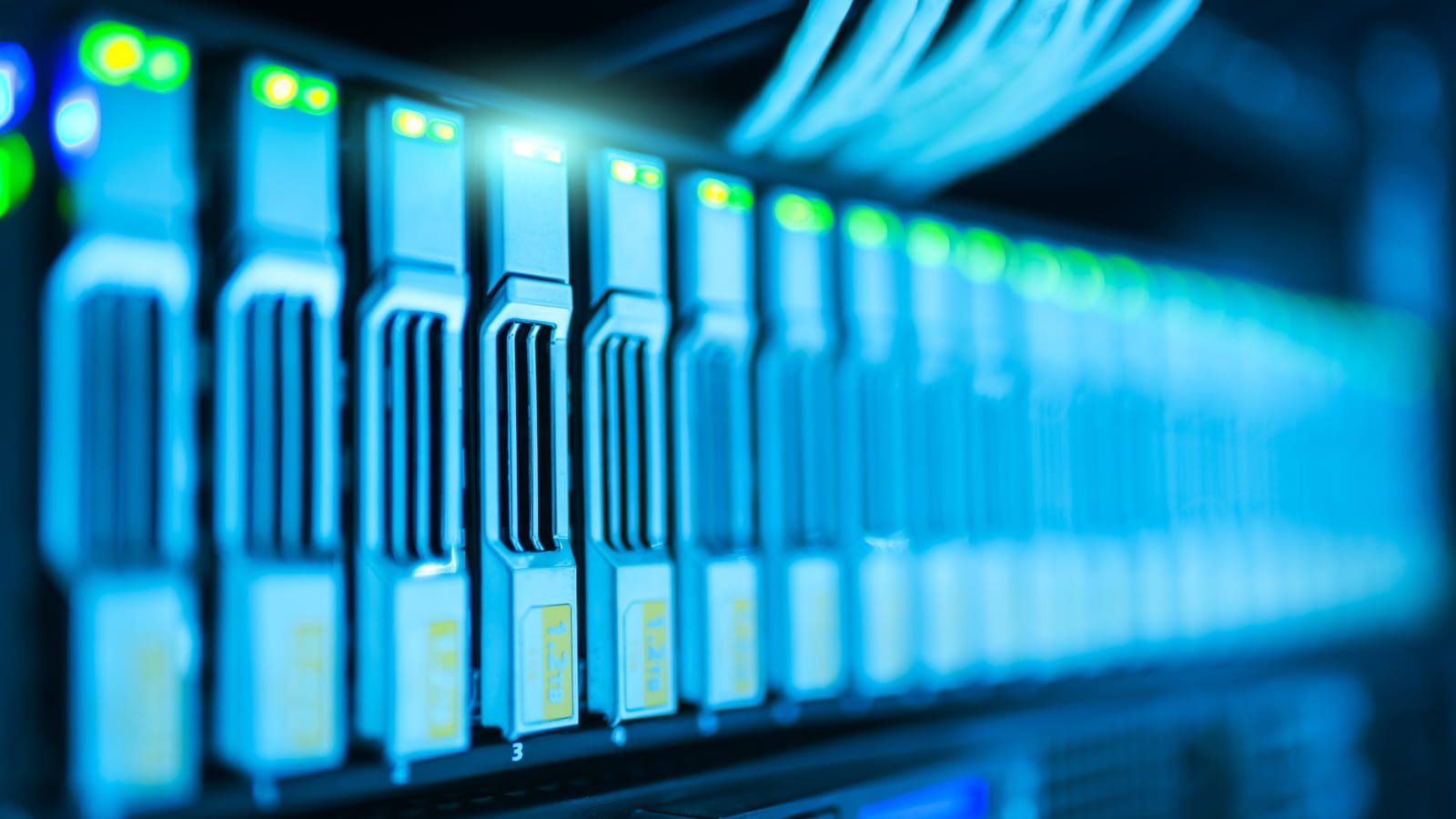Hi all,
As self-hosting is not just “home-hosting” I guess this post should also be on-topic here.
Beginning of the year, bleeping-computers published an interesting post on the biggest cybersecurity stories of 2023.
Item 13 is an interesing one. (see URL of this post). Summary in short A Danish cloud-provider gets hit by a ransomware attack, encrypting not only the clients data, but also the backups.
For a user, this means that a senario where, not only your VM becomes unusable (virtual disk-storage is encrypted), but also the daily backups you made to the cloud-provider S3-storage is useless, might be not as far-fetches then what your think.
So … conclussion ??? If you have VMs at a cloud-provider and do daily backups, it might be usefull to actually get your storage for these backups from a different provider then the one where your house your VMs.
Anybody any ideas or remarks on this?



I’ve thought about how I could handle disaster recovery for my homelab environment, but I haven’t come to any good solutions. For example, if my main concern was being hit by crypto. I can’t just recover from a regular backup, since I’m not sure how I can make a backup without that backup just being encrypted along side everything else. Since I mainly just backup everything to my file server, which is then synced to the cloud. In that setup, my cloud backups would be lost as well.
Would you have some starting points on how others handle disaster recovery? I’d like to avoid manually making an offline backup, because inevitably I’d forget to do it, which would make it useless anyway.
What cloud backup solution are you using? A lot of them offer additional protection that would keep a history of your files. You can essentially say “once a week create a point in time recovery of all my files” and then you could recover your files from that point in time.
This usually costs extra, and it makes sense why. They’re essentially keeping extra copies of your data for you.
How that is configured allows you to determine your RPO, or recovery point objective.
https://www.imperva.com/learn/availability/recovery-point-objective-rpo/
So you can decide how much data you’re comfortable losing by determining how often those point in time recovery events happen.
Did that make sense?